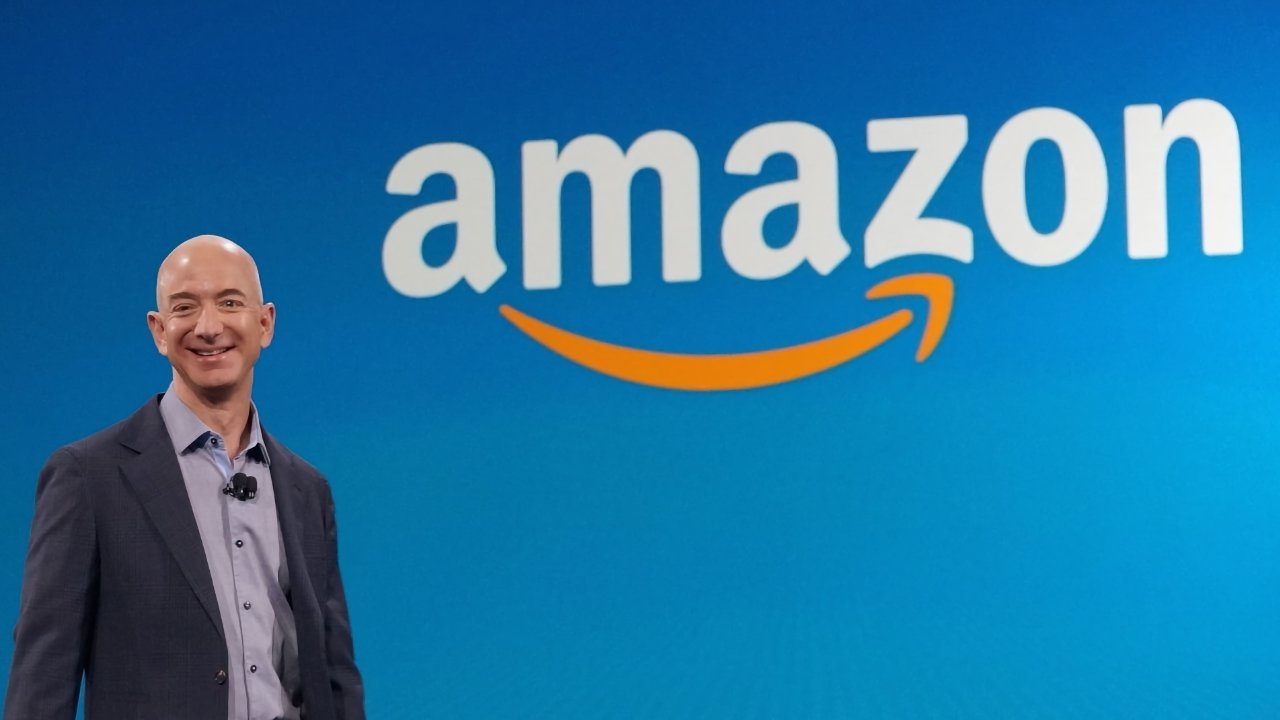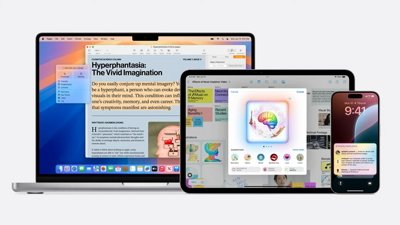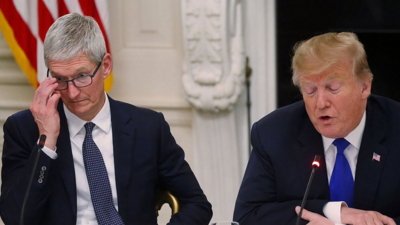The cost of an annual Amazon Prime subscription is to rise $20, to $139, while the monthly fee rises $2 to $14.99.
Following Netflix's price rise in January 2022, Amazon Prime is to roll out the new charge from February 18, 2022. It's the first time Amazon has raised the price of Prime since 2018.
The news came in the documentation supporting Amazon Prime's latest financial earnings report.
"With the continued expansion of Prime member benefits as well as the rise in wages and transportation costs," it said, "Amazon will increase the price of a Prime membership in the U.S., with the monthly fee going from $12.99 to $14.99, and the annual membership from $119 to $139."
Where Netflix is a streaming service - with a small gaming side - Amazon Prime offers members a wide range of benefits, as the company emphasized.
"In the last few years, Amazon has added more product selection available with fast, free, unlimited Prime shipping; more exclusive deals and discounts;" it says, "and more high-quality digital entertainment, including TV, movies, music, and books."
Amazon says that since 2018, it has "tripled the number of Amazon Originals," or new shows and films on Amazon Prime Video.
"Since 2018 in the US, availability of Free Same-Day Delivery has expanded from 48 metropolitan areas to more than 90, items available for Prime free shipping have increased over 50%," it continues," and members have saved billions of dollars shopping Prime Day."
The raised rate will apply to all new Amazon Prime customers from February 18, 2022. For existing subscribers, there is no change until March 25, 2022, and from then their subscription will rise following their next renewal date.
 William Gallagher
William Gallagher








 Malcolm Owen
Malcolm Owen


 Chip Loder
Chip Loder
 Marko Zivkovic
Marko Zivkovic







-m.jpg)




36 Comments
Not surprising, but fortunately it’s very easy for everyone who subscribes to Amazon Prime to do the math and determine whether it’s worth it for them. For a lot of folks the determination can be made based on delivery costs alone. The value of the extra stuff like photos, music, and video only enter the equation if you’re not getting all of the value/ROI from the delivery service.
I recognize this is a narrowly focused perspective based on personal economics alone. Like any system there are a number of macro level implications and second order effects to a service like this that makes it so incredibly easy have hard goods ordered on a whim delivered extremely quickly to your door with little to no regard to the true cost of the delivery service.
A quick survey of the number of Amazon vehicles on the road and coursing through neighborhoods nearly all of the time, not to mention the vast tracts of land devoted to fulfillment centers and warehouses, some of which are built on the graves of dead malls and retail stores driven out of business because they could not compete against online retail, and the mountains of cardboard waste (hopefully everyone recycles?) paints a truer cost picture that’s a little harder to do the math on.
The “eye” is back … staring straight at me. Ugh.
If prime were still the original 1 or 2 day shipping that was promised years ago, it would be worth it. Prime today is nothing but another label.
Items get ship when they want, arrive when they want, i’ve had prime shipping come 5 days later. I don’t use Prime Video, I have never found anything I cared to watch on it. Amazon music is subpar, compared to Apple Music and Spotify. Hell I don’t even have 1 Fire or Alexa device in my house.
Can't believe anyone would subscribe to anything this piece of shit company puts out anyway, so I won't be weeping any tears for those schmucks having to pay more.